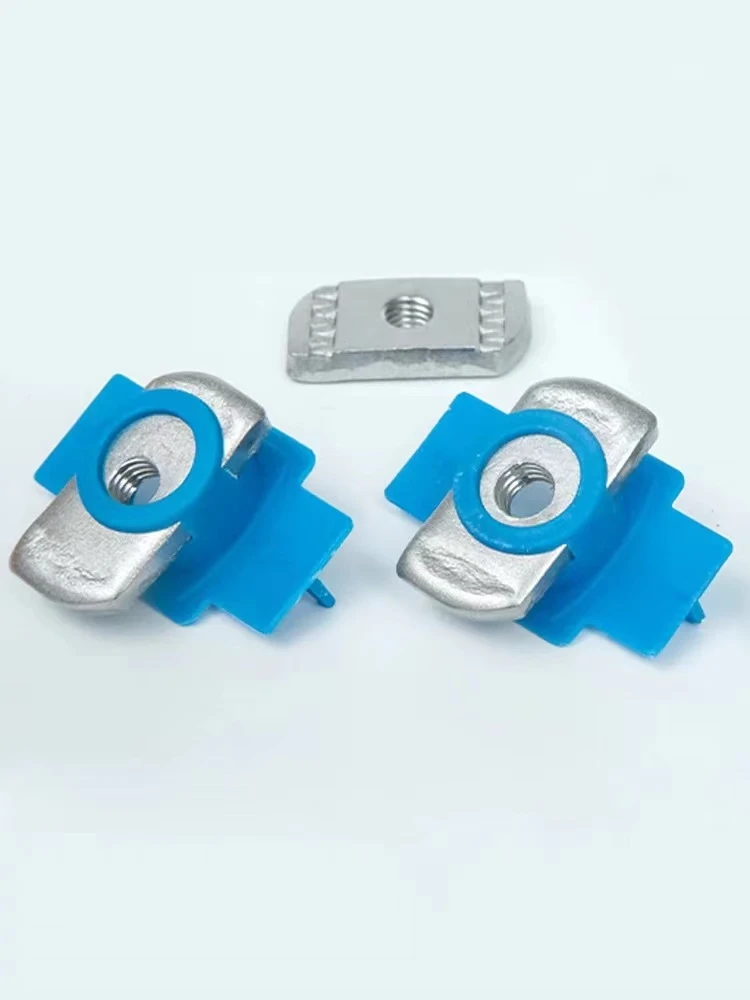

Self-Drilling Shoulder Screws for Effortless Fastening Solutions in Various Applications
Déc . 16, 2024 02:48 Back to list
Self-Drilling Shoulder Screws for Effortless Fastening Solutions in Various Applications
Understanding Self-Tapping Shoulder Screws An Essential Guide
Self-tapping shoulder screws are vital components in mechanical assemblies, providing the necessary support and structural integrity in various applications. Their unique design allows them to create their own threaded holes as they are driven into materials, making them invaluable in both manufacturing and repair scenarios. This article explores the features, benefits, and applications of self-tapping shoulder screws, along with tips for their effective use.
What is a Self-Tapping Shoulder Screw?
A self-tapping shoulder screw is a specialized type of fastener that combines the functionality of a screw with a shoulder. The shoulder provides a stop for the screw and serves as a bearing surface or pivot point in some applications. Unlike traditional screws, self-tapping screws can cut their own threads when inserted into materials such as metal, plastic, or wood. This eliminates the need for pre-drilled holes, saving time and effort during assembly.
Key Features
Self-tapping shoulder screws are distinguished by several features
1. Thread Design The screw's threads are specifically designed to cut into the host material, allowing for secure fastening without needing a nut or additional hardware.
2. Shoulder Height The shoulder height varies depending on the application, providing flexibility in design and assembly requirements.
3. Material These screws are commonly made from various materials, including stainless steel, carbon steel, and aluminum, offering different strengths and corrosion resistance levels.
4. Head Types Self-tapping shoulder screws come in various head styles (such as hex, socket, and slotted), allowing users to select the appropriate fit for their tools and aesthetic preferences.
Advantages of Self-Tapping Shoulder Screws
1. Time Efficiency The ability of self-tapping shoulder screws to create their own threads reduces assembly time, eliminating the need for additional machining or pre-drilling.
2. Reduced Hardware Needs These screws provide a secure fastening solution without requiring additional components like nuts or washers, streamlining inventory management and assembly processes.
4. Improved Stability The shoulder design adds an extra layer of stability and strength, especially in dynamic applications where movement or vibrations could lead to loosening.
self tapping shoulder screw

Applications
Self-tapping shoulder screws find applications across various sectors, including
- Automotive Industry Used to secure components in vehicles while allowing for some movement, which is crucial for parts that may expand or contract due to temperature changes.
- Electronics Common in electronic devices where space is limited, helping to secure circuit boards without the need for bulky hardware.
- Furniture Assembly Used in the production of ready-to-assemble furniture, providing a quick and sturdy method to join parts with minimal tools.
- Aerospace These screws are utilized in aircraft assembly due to their lightweight design and ability to hold components securely under various conditions.
Best Practices for Use
To ensure optimal performance and longevity of self-tapping shoulder screws, consider the following best practices
1. Material Compatibility Always ensure that the screw material is compatible with the material it is being inserted into. This helps prevent corrosion and ensures maximum holding power.
2. Proper Torque Apply the correct amount of torque when driving the screw to prevent stripping the threads or damaging the material.
3. Pilot Holes For harder materials, consider drilling a pilot hole to guide the screw and reduce the risk of splitting or cracking.
4. Regular Inspection In applications where vibrations or dynamic loads are present, regular inspection can help identify any loosening or wear, allowing for timely maintenance.
Conclusion
Self-tapping shoulder screws combine efficiency and versatility, making them essential for many modern manufacturing and assembly processes. Their unique design and functional advantages cater to a wide array of industries and applications, cementing their role as a critical component in the toolkit of engineers and manufacturers alike. Understanding their features, benefits, and best practices can lead to better assembly practices and enhanced product performance.
Latest news
-
Hot Dip Galvanized Bolts - Hebei Longze | High Strength, Corrosion Resistance
NewsAug.01,2025
-
High-Strength Hot Dip Galvanized Bolts - LongZe | Corrosion Resistance, Custom Sizes
NewsAug.01,2025
-
Best Self Tapping Screws for Drywall - Fast & Secure Installation
NewsJul.31,2025
-
High-Strength Hot Dip Galvanized Bolts-Hebei Longze|Corrosion Resistance&Customization
NewsJul.31,2025
-
Hot Dip Galvanized Bolts-Hebei Longze Metal Products|Corrosion Resistance&High Strength
NewsJul.31,2025
-
Hot Dip Galvanized Bolts-About LongZe|High Strength, Corrosion Resistance
NewsJul.30,2025

